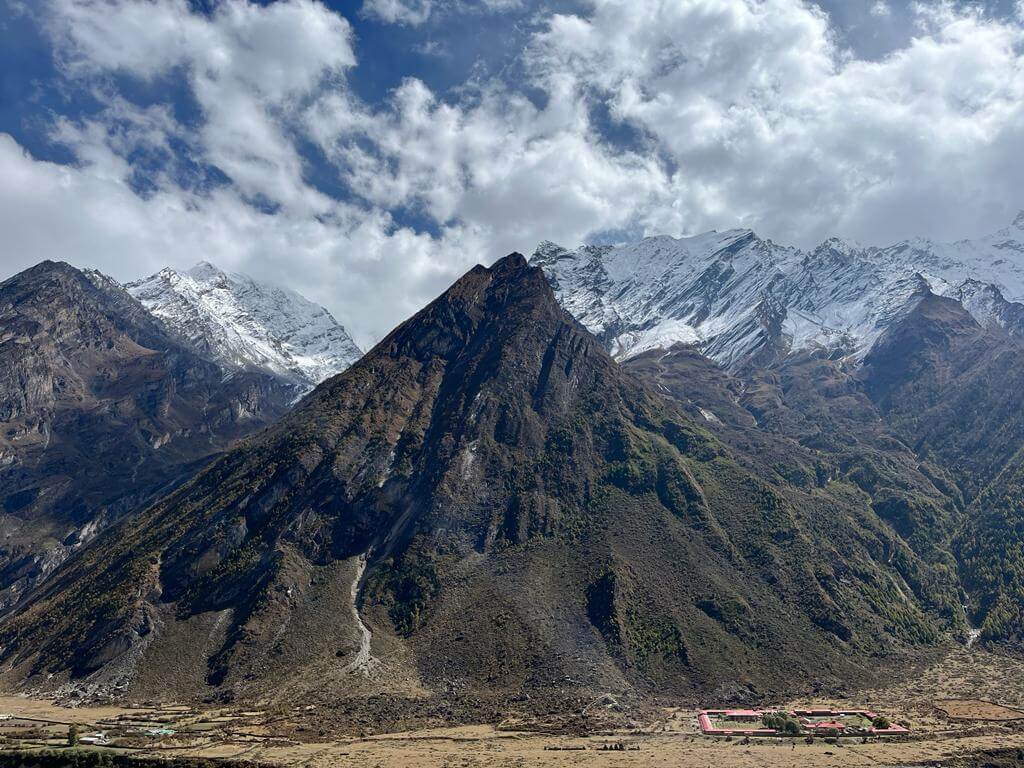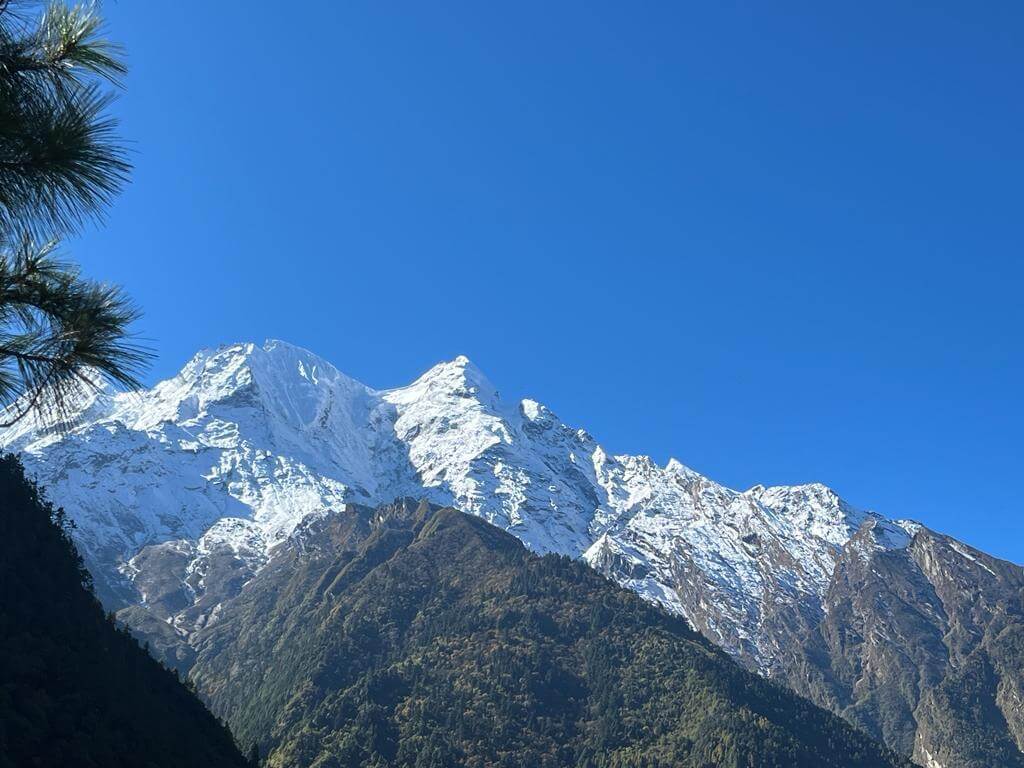
Nepal Trekking Regulations 2024: Guide vs. Solo Adventure
Solo Trekking in Nepal breathtaking trails? Wondering if solo trekking is still possible in 2024 with the new rules? Fear not, intrepid adventurer! This article dives into the latest regulations and explores whether you can still embark on a solo adventure.

Solo Trekking in Nepal: Possible, But Should You?
Nepal, the land of the Himalayas, has long beckoned trekkers seeking awe-inspiring landscapes and cultural immersion. Its diverse terrain, from snow-capped mountains to lush valleys, offers a plethora of trekking opportunities for all levels. But with new regulations in place, navigating the option of solo trekking in Nepal can feel like traversing unfamiliar terrain.
While the allure of solo trekking might be strong, especially for experienced adventurers, it's important to recognize the value a guide can bring. They offer invaluable insights into the region's history and culture, ensuring you stay on the right path and avoid potential dangers. Additionally, a guide can handle logistical matters like permits and transportation, allowing you to focus on enjoying the journey.
New Rules & Regulations: Safety First
In recent years, Nepal has implemented stricter rules to enhance trekker safety and well-being. These measures aim to minimize risks associated with trekking in remote areas and ensure a positive experience for everyone. One notable change is the requirement for a TIMS (Trekkers' Information Management System) card and a trekking permit. These documents track trekker movements and provide essential information in case of emergencies. The fees associated with these permits contribute to conservation efforts and support local communities.
Solo Trekking Challenges: Be Prepared
While some trekkers may prefer the freedom and independence of going solo, it's crucial to consider the challenges. Without a guide, you assume full responsibility for navigation, safety, and logistics. This can be overwhelming, especially for first-time trekkers or those unfamiliar with the region. Unfamiliar terrain can be daunting to navigate alone, and language barriers can hinder communication with locals, making it difficult to seek assistance. Additionally, solo trekkers are solely responsible for managing emergencies and potential risks. Being prepared for unforeseen circumstances is crucial, and a guide's expertise in first aid and emergency protocols can be invaluable.
Safety Precautions for Solo Travelers: Plan and Pack Smart
If you choose to trek independently in Nepal, taking certain safety precautions is essential. Thoroughly research your chosen trail, including its difficulty level, weather conditions, and potential risks. Being aware of the challenges allows you to prepare accordingly and mitigate dangers. Carry essential trekking gear, including a well-fitted backpack, sturdy hiking boots, and waterproof clothing, for both comfort and safety. A comprehensive first-aid kit and knowledge of basic first-aid procedures can prove invaluable in case of minor injuries or emergencies. Maintaining good physical fitness before embarking on your trek is essential. Regular exercise focusing on cardiovascular endurance and strength will prepare your body for the demands of high-altitude environments.
Suitable Solo Trekking Routes: Well-Marked and Supported
While hiring a guide is highly recommended, some routes are suitable for independent trekkers. These routes are well-marked, frequented by other trekkers, and have readily available teahouse accommodations along the way.
- Langtang Valley Trek: Located north of Kathmandu, this picturesque journey offers stunning scenery through rhododendron forests, quaint villages, and panoramic mountain views. The well-established trail provides ample opportunities for solo trekkers to connect with nature and experience the local culture.
- Ghorepani Poon Hill Trek: This relatively short trek in the Annapurna region offers stunning sunrise views over the Annapurna and Dhaulagiri mountain ranges. The well-maintained trail dotted with teahouses makes it accessible and suitable for solo trekkers.
Trekking Resources and Information for Independent Trekkers
For independent trekkers, having access to reliable resources and up-to-date information is crucial. The Nepal Tourism Board and the Trekking Agencies' Association of Nepal (TAAN) provide valuable information on trekking routes, permits, and safety guidelines. Their websites offer detailed descriptions of various treks, including difficulty levels, duration, and highlights.
Online forums and travel blogs can also be excellent sources of firsthand information from trekkers who have recently completed your chosen route. These platforms offer insights into trail conditions, accommodation options, and personal experiences, allowing you to make informed decisions. If you prefer a more personalized approach, consulting with travel agencies or trekking companies can provide tailored itineraries and expert advice. They can help you plan your trek, arrange necessary permits, and offer guidance on best practices for independent trekking.
The Future of Trekking in Nepal
As Nepal continues to evolve and adapt to the changing landscape of trekking tourism, the future of solo trekking remains uncertain. While the government has implemented stricter regulations to ensure safety and sustainability, there may be further changes in the coming years. It is essential for trekkers to stay informed about any updates to the rules




